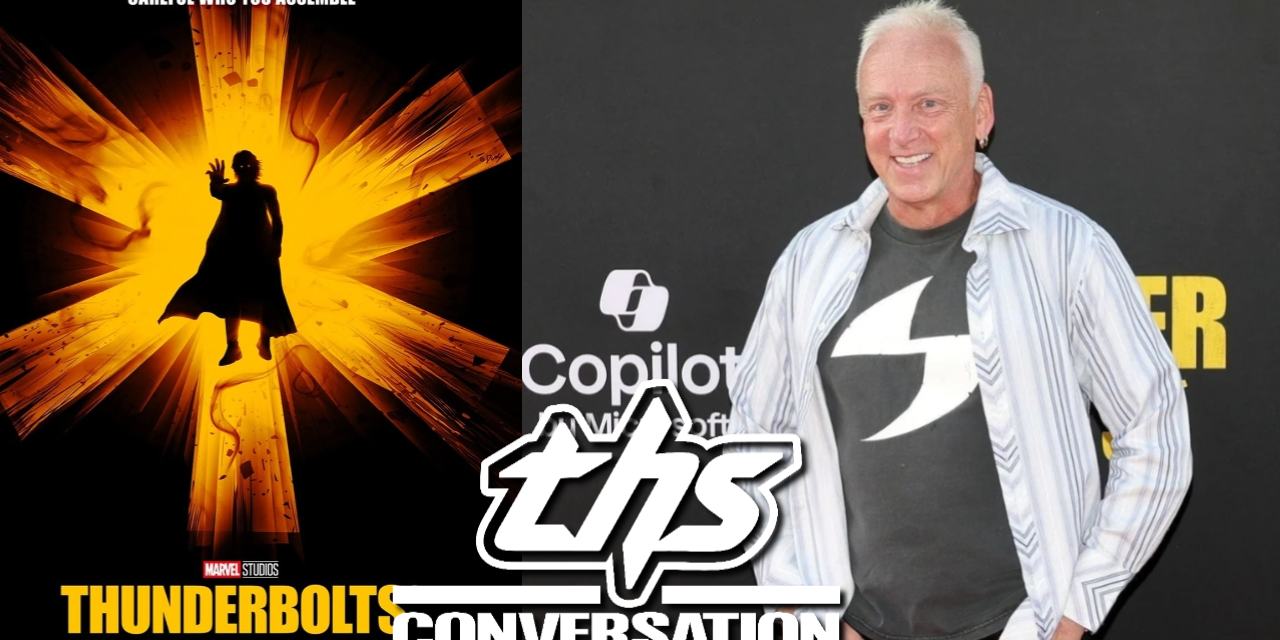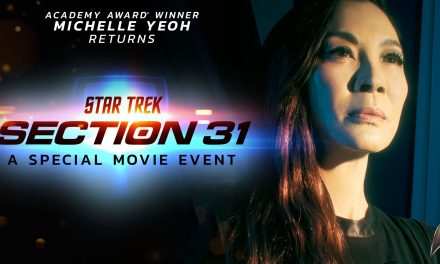“Thunderbolts*” from Marvel Studios is continuing its run in theaters. The film features a group of known anti-heroes who would seem like the least likely team to come together to be superheroes. Especially with the notion that they would be going up against Bob, aka Robert Reynolds, better known as The Sentry and The Void.
WHO IS THE SENTRY?
The Sentry was created by writer Paul Jenkins and artist Jae Lee in Marvel Comics‘ “The Sentry” #1 in the year 2000. This is arguably one of Marvel’s most complex and psychologically rich characters. Robert Reynolds, or just Bob, is an ordinary man who suddenly remembers that he is the Sentry. A forgotten superhero with the power of “a million suns”.

This character is an example of both immense good and unfathomable evil through his dark counterpart, The Void. The Sentry explores themes of mental illness, memory, and identity. He was created by Jenkins as a metafictional commentary on comic book history and superhero archetypes. Its a great mix of Silver Age storytelling with modern dark psychological depth.
A CHAT WITH CO CREATOR PAUL JENKINS
With the release of “Thunderbolts*”, I spoke with co-creator Paul Jenkins about The Sentry. We talk about his creation and place in the Marvel Universe as a powerhouse that puts mental health front and center. Jenkins also talks about his work on “Thunderbolts*” as a consultant and his thoughts on Lewis Pullman as Bob aka The Sentry in the film. He also hints at the chances of maybe doing a third arc in Marvel Comics for The Sentry. It was a great chat that you can check out below!
ALSO SEE: THUNDERBOLTS* NAME CHANGE DELIVERS ON MARVEL STUDIOS TEAM-UP PROMISES
ABOUT *THUNDERBOLTS*”
In “Thunderbolts*” Marvel Studios assembles an unconventional team of antiheroes—Yelena Belova, Bucky Barnes, Red Guardian, Ghost, Taskmaster and John Walker. After finding themselves ensnared in a death trap set by Valentina Allegra de Fontaine, these disillusioned castoffs must embark on a dangerous mission that will force them to confront the darkest corners of their pasts. Will this dysfunctional group tear themselves apart, or find redemption and unite as something much more before it’s too late?




![Purple Hearts – Netflix [FIRST LOOK & CLIP]](https://www.thathashtagshow.com/wp-content/uploads/2022/06/PH_SG_0001A-440x264.jpg)

